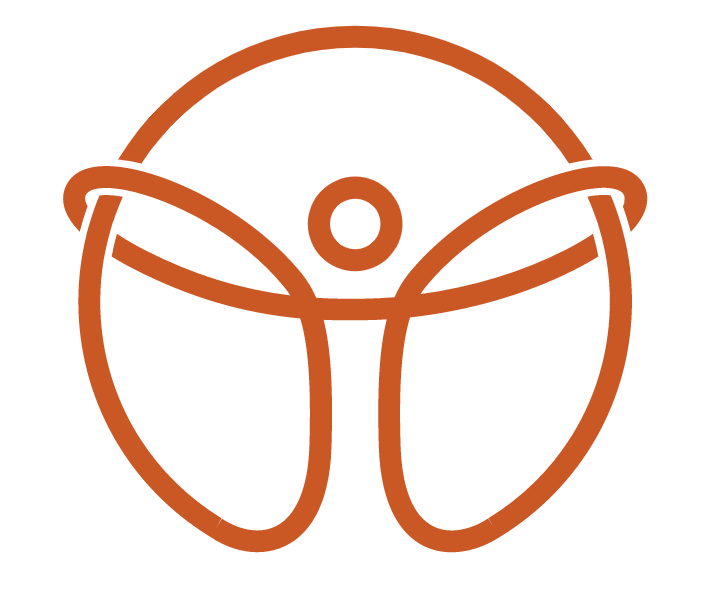Why Your Hamstrings Are Always Tight—and What to Do About It
What Are “Tight” Hamstrings—and What’s Normal?
Your hamstrings are a group of three muscles located at the back of the thigh. They cross both the hip and knee joints, playing a key role in walking, running, and stabilizing the pelvis. When someone complains of tight hamstrings, it usually refers to a sensation of tension or restriction when straightening the leg, especially during forward bending or stretching.
A simple way to assess hamstring flexibility is the Straight Leg Raise Test:
Lie flat on your back with one leg extended on the floor. Have someone raise the other leg (keeping it straight) as high as possible.
Normal range: 70–90 degrees from the table.
Less than 70 degrees may indicate tightness—but true muscle tightness should be differentiated from neural tension, such as sciatic nerve involvement.
What Problems Do Tight Hamstrings Cause?
Chronically tight hamstrings can cause a ripple effect of dysfunction, including:
Lower back pain – Tight hamstrings pull the pelvis into a posterior tilt, increasing stress on the lumbar spine.
Postural issues – Poor pelvic positioning can flatten the natural lumbar curve and affect gait.
Knee strain – Altered mechanics place excessive load on the knee, raising risk for strains and tendon problems.
Running injuries – When hamstrings are both tight and weak compared to quads, the risk of muscle strains increases, especially during high-speed movement.
How to Improve Hamstring Function
Stretching alone isn’t the answer. Hamstrings need to be both mobile and strong. Here’s what we recommend:
✅ Dynamic Stretching
Leg swings, walking toe touches, and high knees as part of your warm-up.
✅ Eccentric Strengthening
Exercises like Romanian deadlifts or Nordic hamstring curls to lengthen under load.
✅ Isometric Work
Bridges and hamstring holds to build control and endurance.
✅ Active Mobility + Core Stability
Improving pelvic positioning and core engagement can reduce excessive hamstring load.
How Chiropractic Can Help
At MVMT STL, our approach goes beyond stretching. We address the underlying causes of tight hamstrings through:
Functional movement assessment
We evaluate how your hamstrings are working in relation to your hips, pelvis, and spine.Orthopedic and neurological testing
To identify whether muscle tightness is the issue—or if there’s nerve involvement.Manual therapy
We use Active Release Technique (ART), instrument-assisted soft tissue mobilization, and trigger point therapy to release restrictions.Chiropractic adjustments
Correcting joint dysfunction in the lumbar spine or pelvis helps restore proper movement patterns.Rehab and retraining
Tailored home exercises that reinforce mobility, strength, and coordination.
Final Thoughts
Tight hamstrings are rarely just about the hamstring. They’re often a sign of poor movement patterns, pelvic dysfunction, or neural tension. Addressing the issue requires a full-body approach.
If you’ve been dealing with persistent tightness or lower body injuries, let’s take a closer look.
Schedule a movement screen with MVMT STL today—and get back to moving how your body was designed to.

